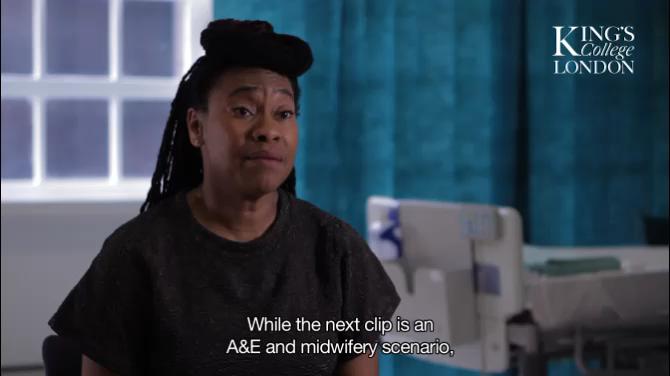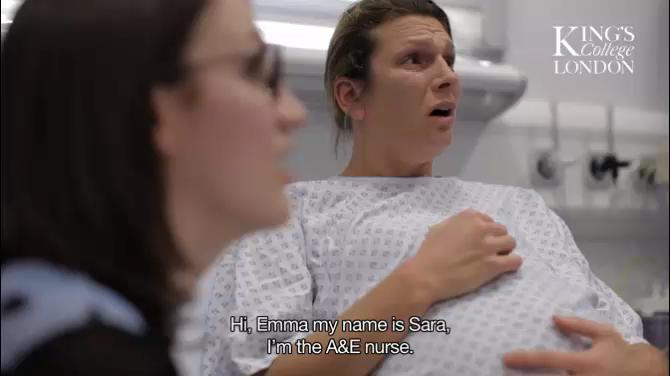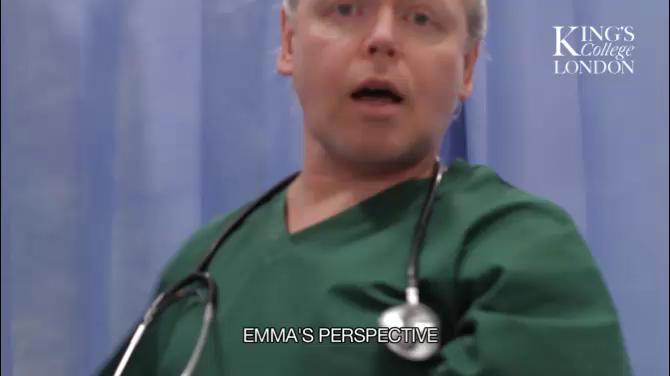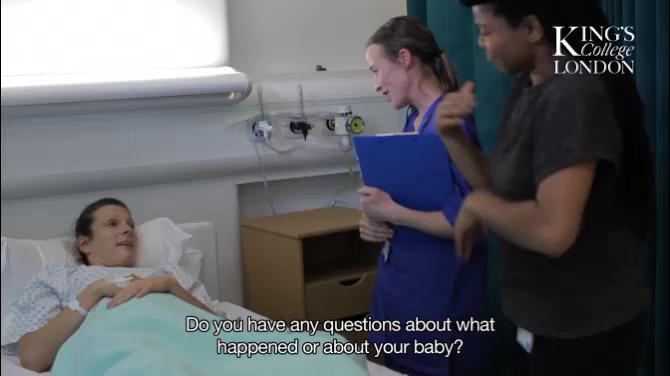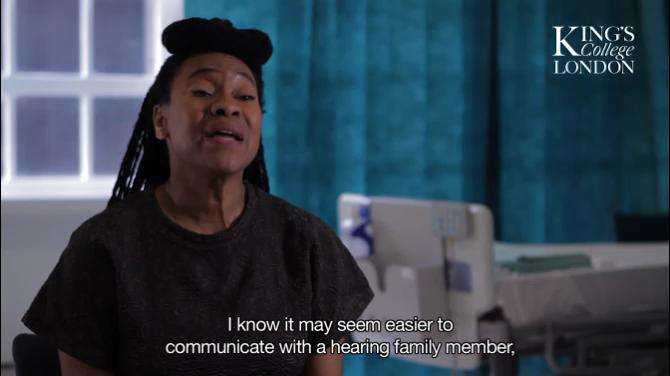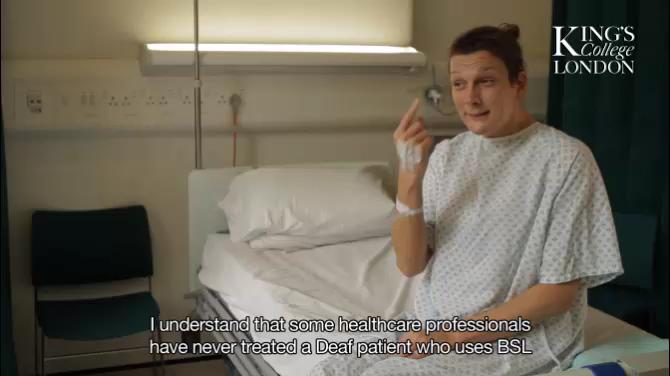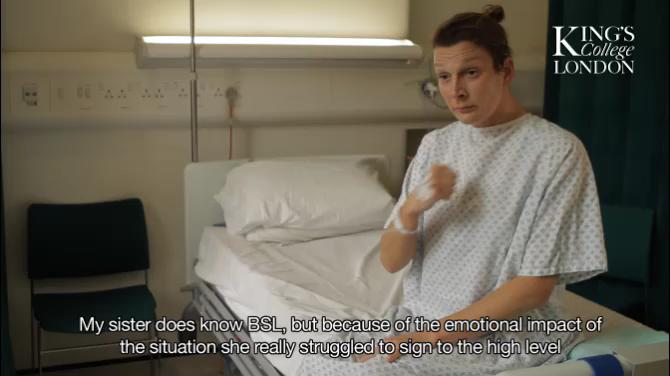Deaf Awareness in Healthcare
Reflective Communication Scenarios
Click on the scenes below to go to that point in the video.
Reflective Exercise
While watching the video think about which communication techniques seemed helpful and what could have been improved in the scenario. Record your thoughts on a blank sheet of paper. Keep your written work to show your tutor/manager.
- Points to Remember
- 1 Book a qualified British Sign Language Interpreter, registered with the NRCPD.
- 2 Speak directly to the patient
- 3 Family members may not translate vital information.
- 4 Some BSL users may struggle with written English. Communicating visually (pointing to objects/pictures, miming, hand gestures) may be helpful.
- 5 Avoid using a family member as an interpreter, especially children.
- 6 Be sure to look up and that your mouth is not obscured when speaking. Remove masks or use clear ones.
- 7 BSL users search for and are sensitive to visual cues (facial expressions/body language) in order to fill in communication gaps.
